Cracking Open Nature's Closet:
The Lowdown on 5 Eco-Friendly Fabrics (you may not have considered)
In a world obsessed with green living, let’s dive straight into the next-gen fabrics that are shaking up the sustainable fashion game.
Forget the boring stuff; we’re talking about fabrics that are as eco-friendly as tree-hugging koalas.
More designers and companies are embracing innovative materials that go beyond traditional choices.
In this article, we’ll dive into the world of five alternative eco-friendly fabrics you may not have considered.
Kapok
Lightweight Goodness Straight from the Trees
What's the Deal with Kapok?
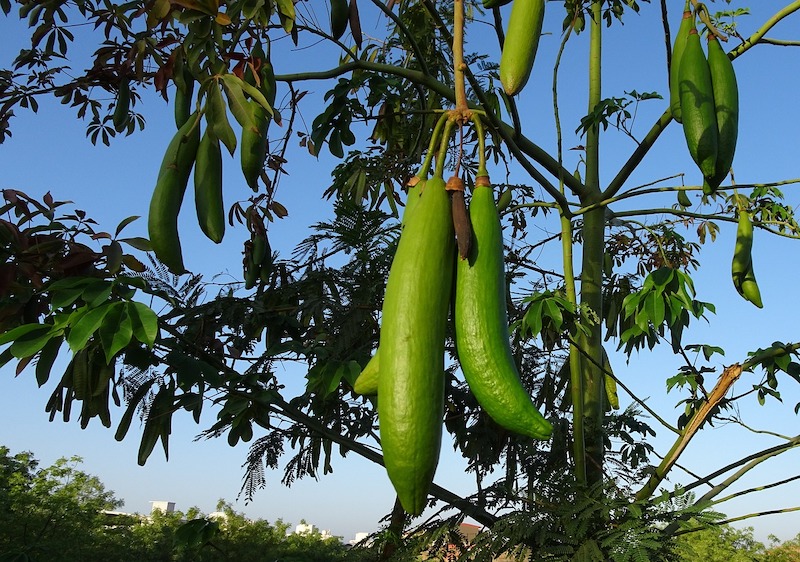

Kapok (Kay-pok) is the unsung hero of sustainability. It’s like Chuck Norris of fabrics.
I actually came across it few years ago during my research, and this has attracted the industry on stealth mode like a ninja. So much so that companies like MUJI are using it.
Kapok is also known as Java Cotton or Silk Cotton, using the fluffy goodness surrounding the nuts and fruits of Ceiba tree. It’s similar to cotton but weighs 1/8th of cotton making this amazing fibre feather weight.
It’s also durable and repels water and can stay buoyant for a time.
No wonder it’s attracting more and more fashion designers and companies.
Eco-Friendly Advantages
- Renewable Resource: Kapok trees are fast-growing and require minimal intervention, making it a highly renewable resource.
- Biodegradable: Kapok fibers naturally break down, reducing environmental impact and waste.
Fashion Applications
Kapok’s lightweight, water repellent, and insulating properties make it an ideal choice for:
- undergarments
- jackets
- life-saving appliances
- insulation
- aviation suits
- other moisture resistant clothing
Mushroom
Mycelium Magic for Sustainable Style
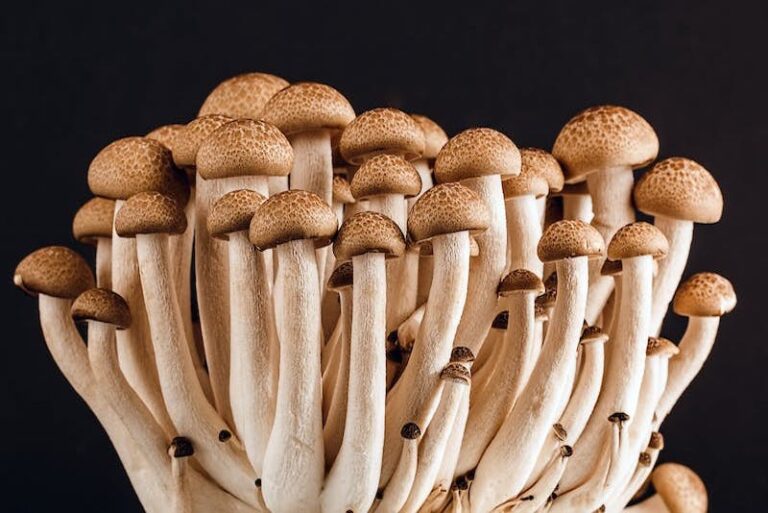

I think this could be my next favourite thing.
Mushroom leather, aka mycelium, is like the leather jacket’s cooler, eco-friendly cousin. It’s not just a trend; it’s a revolution.
Not only they make delicious meals; you can create materials out of it too. Just like hemp, one of my first choice of fibre.
Mushroom leather is produced by cultivating mycelium, the root network of fungi. This innovative material mimics the texture and feel of animal leather without the environmental drawbacks.
Eco-Friendly Advantages
- Decomposition Dance: Mushroom leather doesn’t stick around like your ex’s voicemails. It decomposes naturally, leaving only good vibes.
- No Animals Harmed: Say bye-bye to guilt. Mushroom leather is the PETA-approved answer to stylish accessories.
Mushroom leather isn’t just a fashion statement; it’s a manifesto. Say no to the faux; go with the ‘shroom.
Fashion Application
Mushroom leather is gaining popularity in:
- bags
- footwear
- apparel (imagine a bomber jacket made from mushrooms!)
Hemp
The Eco-Revolution in Fabric We've All Been Waiting For
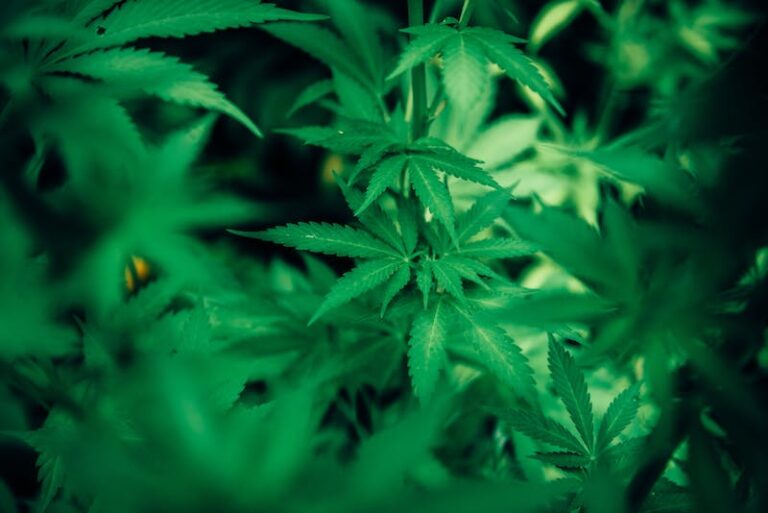

Now that I’ve mentioned it, I have to include this one because I love hemp so much.
Look, hemp fibres are not just threads; they’re superheroes of sustainability. They’re durable, UV-resistant, and mould-resistant – these threads mean business.
Eco-Friendly Advantages
- One Acre Wonder: One acre of hemp produces as much usable fiber as two acres of cotton
- Eco-Warrior Farming: Hemp farming is a game-changer. No pesticides, no herbicides, and a thirst that even your succulents would envy.
- Roots of Goodness: Hemp isn’t just above the ground; it’s below too. The roots play superhero, breaking up tough soil, preventing erosion, and throwing a soil-enriching party while they’re at it.
Fashion Application
Hemp fabrics are great in:
- t-shirts
- hoodies
- shirts
- pants
- outerwear
Seaweed
Ride the Wave of Sustainable Fiber
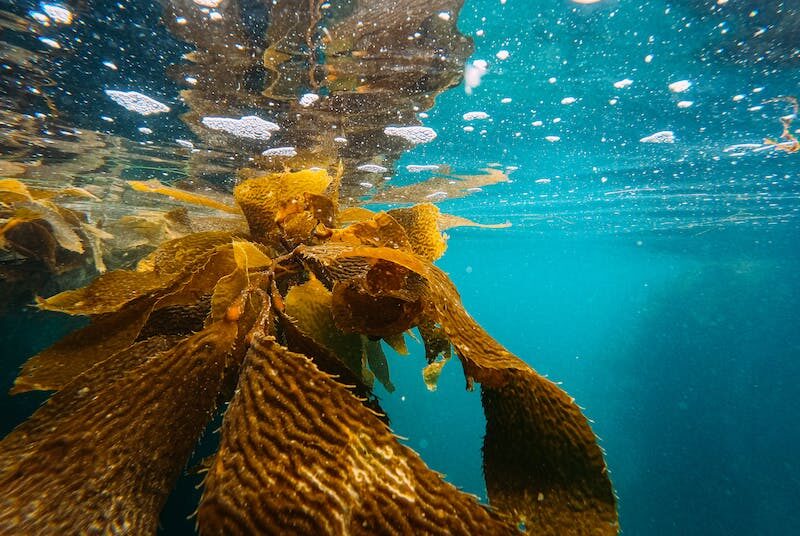

I love eating seaweed on a hot steaming rice with drizzles of Kikkoman. And isn’t just for sushis. We’re turning it into fabric because, hey, why not? Seaweed fibre is the next wave in sustainable style.
Seaweed fibre can be made from various types of seaweed, often used from Brown Algae also known as Knotted Wrack – a type of kelp.
A percentage of seaweed mixed with wood pulp or cellulose to create the fabric.
Major kelp fibre supplier is PYRATEX partnered with major brands like Lululemon with their innovation, SEACELL™
Eco-Friendly Advantages
- Ocean’s Bounty: Seaweed is abundant and grows rapidly without the need for additional resources. It’s a resource bonanza without the drama.
- Green in Every Sense: Seaweed cultivation can contribute to improved water quality.
- Major CO2 Sucker: Kelp absorbs 20 times more carbon dioxide than plants. Ability to grow faster in relation to land forests gives it the advantage to take carbon at a faster rate.
Fashion Application
Seaweed fiber is used in clothing items like:
- activewear
It looks like there’s only activewear (like leggings) in the current market using SEACELL™ fibres. To be honest, I was a bit disappointed that only a percentage of seaweed is used, and is called ‘seaweed fabric’. But I hope as the technology advances, there will be more seaweed-incorporated materials and variations. And becomes more accessible for independent designers like me, so we can get our hands on the seaweed-driven fabrics in the future.
Wool 2.0: The Sustainable Classic with a Green Twist
Timeless Classic to High Perfomance
What's Sustainable Wool?
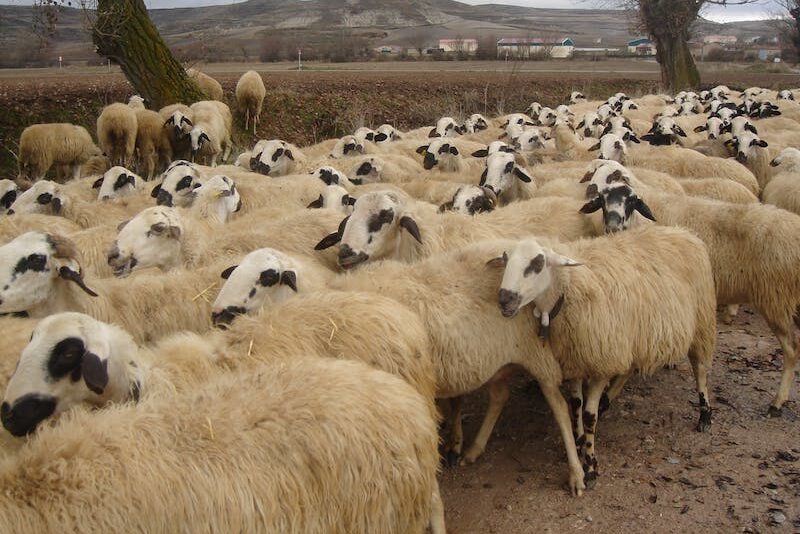

Okay, I know what you’re thinking. But hear me out.
Wool itself is not a new fabric. It’s not just for grandma’s sweaters anymore. We’re talking about ethically raised, planet-loving sheep.
Did you know, wool is appearing in high performance apparel? And they are crushing it.
Sustainable practices in wool production are also transforming the industry and there are many innovations, companies like The Woolmark Company are introducing.
Eco-Friendly Advantages
- Shear Brilliance: Ethical shearing means happy sheep, happy planet. It’s wool with a conscience.
- Biodegradable Coziness: Wool fibers do the ultimate disappearing act—back to nature, no landfill drama.
Fashion Application
Sustainable wool is used in a variety of garments including performance apparel:
- outdoor apparel
- sportswear
- techwear for sailing
- construction/fire retardant apparel
The Bottom Line
In a world full of fashion faux pas and greenwashing, these fabrics are the real MVPs.
- Kapok
- Mushroom
- Seaweed
- Ethical Wool
It’s not just about looking good; it’s about feeling good, knowing your threads aren’t trashing the planet.
Resources: MUJI, Samatoa, Earth Org, CFDA, The Woolmark Company